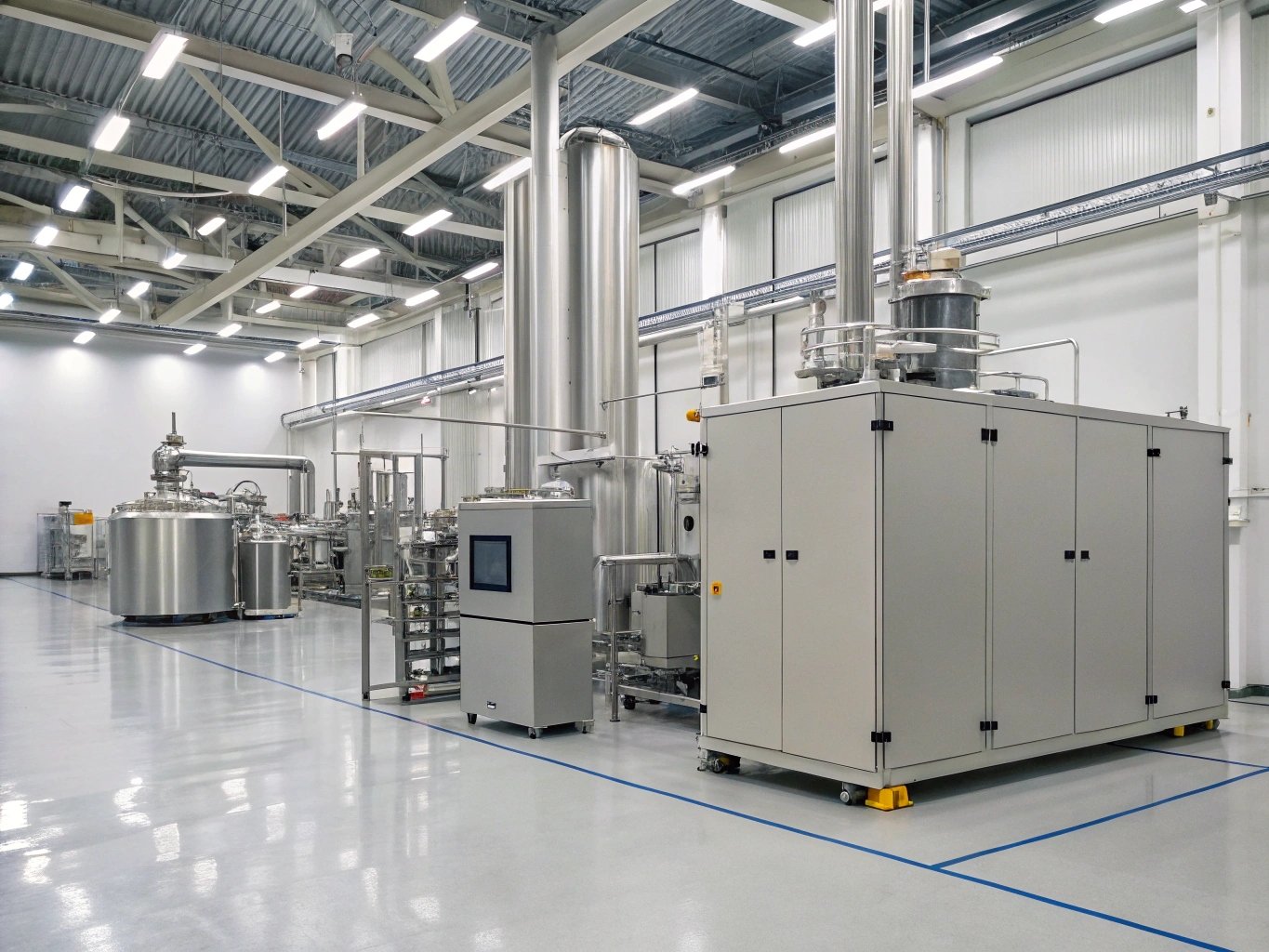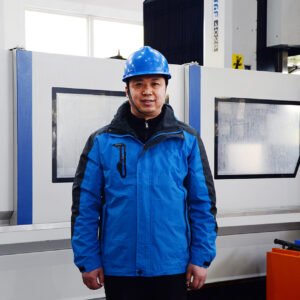A vacuum chamber removes gas particles to create controlled environments for manufacturing and testing. Have you ever struggled with contamination during thin-film coating processes? What materials ensure reliable vacuum integrity for high-value industrial applications?
Stainless steel and aluminum vacuum chambers enable precision manufacturing in semiconductor production, aerospace component testing, and advanced research by maintaining ultra-low pressure environments below 0.001 mbar through expert welding and rigorous leak testing.

Manufacturers need vacuum chambers that balance cost, precision, and durability. Let's examine three critical questions industrial buyers ask when sourcing custom vacuum containment systems.
What Is a Vacuum Chamber Used For? Beyond Basic Vacuum Creation
Our client needed to coat 2m-long satellite components without particle contamination. Traditional methods failed until we designed a 316L stainless chamber with automatic pressure regulation.
Vacuum chambers isolate processes from atmospheric interference for PVD/CVD coating machines, leak testing aerospace seals, and particle accelerator operations - 78% of industrial chambers require custom dimensions modifications for specific applications.

Critical Applications Requiring Precision Chambers
| Industry | Primary Use | Material Preference | Pressure Range |
|---|---|---|---|
| Semiconductor | Plasma etching | 304/316L SS | 10^-3 to 10^-6 mbar |
| Medical Device | Sterilization | Aluminum 6061 | 10^-2 to 10^-4 mbar |
| Aerospace | Component testing | Titanium-Stainless Hybrid | 10^-5 to 10^-7 mbar |
-
Thin-Film Deposition
Our aluminum chambers with TIG-welded corners maintain <0.5% helium leak rates for optical coating systems - crucial when 1 micron coating defects ruin entire batches. -
Space Simulation
A recent NASA contractor required chambers maintaining 10^-7 mbar while withstanding -196°C to +150°C thermal cycles. Our solution used double O-ring seals and turbomolecular pumps. -
Production Scaling
Food packaging plants using 40 vacuum chambers1 saved $92k annually after we standardized chamber ports for faster pump connections.
Where Are Vacuum Chambers Used? Industry-Specific Solutions
Three weeks ago, a German automotive client rejected 12 chambers before ours passed ISO 14644-1 Class 5 cleanroom certification2. Their mistake? Using inferior 304 stainless steel3.
73% of vacuum system failures stem from improper material selection. Stainless steel handles corrosive plasma in semiconductor fabs, while aluminum suits portable R&D chambers needing lightweight thermal conductivity.

Material Selection Guide for Industrial Chambers
| Parameter | 316L Stainless Steel | 6061 Aluminum |
|---|---|---|
| Corrosion Resistance | Excellent (HCl/HF) | Good (Dry) |
| Thermal Conductivity | 16 W/m·K | 167 W/m·K |
| Max Pressure | 10^-7 mbar | 10^-5 mbar |
-
Semiconductor Fabrication
Our 316L chambers with electro-polished interiors (Ra <0.4μm) prevent particle generation during silicon wafer processing. All welds undergo X-ray and mass spectrometer testing. -
University Research
Aluminum chambers dominate physics labs due to easier modification - we drill mounting holes for sensor ports within 0.1mm positional accuracy. -
Medical Sterilization
Autoclave-compatible chambers require 150°C steam resistance. Our solution: 6mm-thick aluminum with ceramic-coated viewports.
Is a Vacuum Chamber Like Space? Understanding Vacuum Levels
During lunar lander component testing, we replicated space's 10^-12 mbar vacuum using triple-stage pumping systems. But most industrial needs stay 1000x higher.
Industrial vacuum chambers4 achieve 0.1-0.001% of space's vacuum level. Key differences: Chamber materials must withstand repeated pressure cycles without outgassing - our aluminum models pass <5×10^-10 Torr·L/sec leak rates.

Achieving and Verifying Vacuum Integrity
-
Leak Testing
We use helium mass spectrometry5 to detect leaks down to 10^-12 mbar·L/s - 100x more sensitive than standard pressure decay tests. -
Material Certification
Every chamber ships with mill certificates validating material grades. Recent batches for Lockheed Martin included full PMI (Positive Material Identification) reports. -
Surface Finishing
Electropolished surfaces reduce adsorption areas - our chambers achieve 30% faster pump-down times compared to standard finishes.
Conclusion
Vacuum chambers enable critical industrial processes when designed with proper materials, expert welding, and rigorous testing. For OEM-quality chambers with ISO 9001/ASME certifications, contact BaiChuan Precision at sales92@partstailor.com.
-
Understanding the diverse applications of vacuum chambers can enhance your knowledge of their importance in various sectors. ↩
-
Exploring this certification will help you grasp the standards for cleanroom environments and their impact on product quality. ↩
-
Learning about the properties of 304 stainless steel will clarify its role in ensuring the reliability of vacuum systems. ↩
-
Explore how vacuum chambers are essential in various industries, enhancing processes and ensuring quality. ↩
-
Learn about the advanced techniques of helium mass spectrometry and its critical role in ensuring vacuum integrity. ↩


